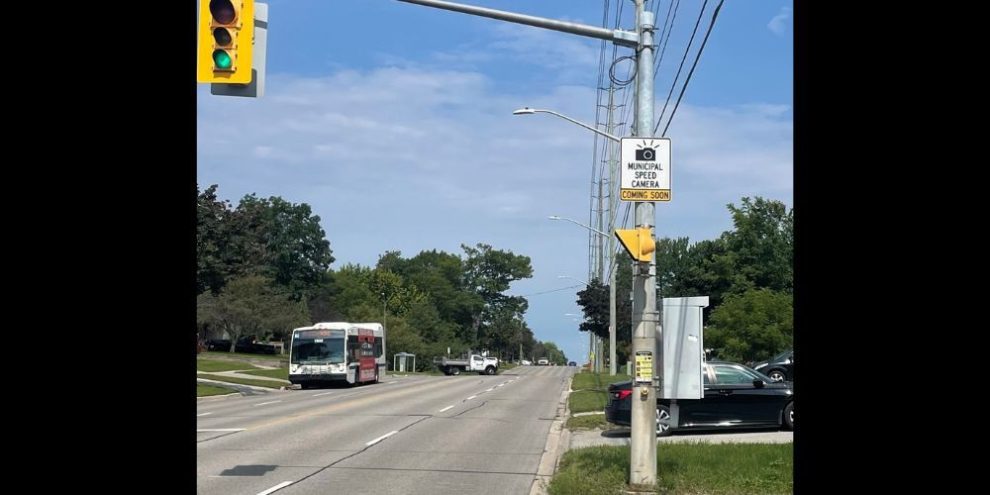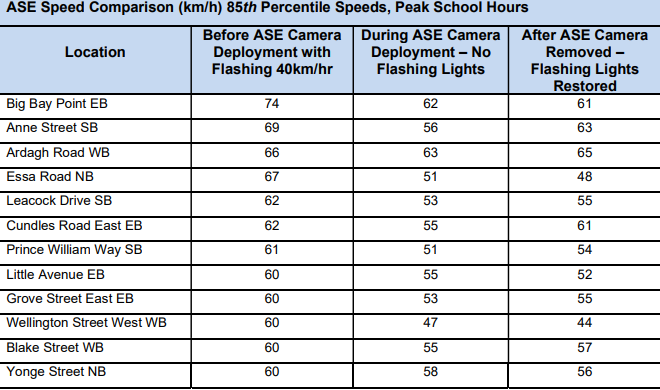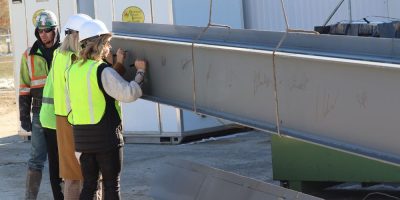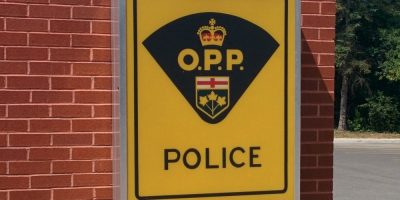
Premier Doug Ford wants municipalities to get rid of automated speed cameras (ASE) or else he will.
The Association of Municipalities of Ontario (AMO) is urging the premier to reconsider his plan to get rid of ASE cameras, saying it will put pedestrians at risk.
In a letter last week to the premier, AMO said there is real evidence that the cameras improve road safety, including a July study from Sick Kids and Toronto Metropolitan University that found they reduced speeding by 45 per cent in Toronto.
At a special council meeting on Monday, Vaughan decided to end its ASE program. Instead, the municipality will focus on "traffic-calming measures" and other ways to reduce speed in areas like school zones, according to a news release from the City of Vaughan.
ASE cameras went live in Barrie in December 2023 at Big Bay Point Road and at Anne Street North.
In an email to Barrie 360 this week, Mayor Alex Nuttall said there were no changes to the ASE program.
"We're currently in conversations and negotiations regarding the ASE cameras and will have an update to report in the coming weeks," the email from the mayor stated.
The premier called ASE cameras a "cash grab," and suggested that "big huge signs" and "big flashing lights" would more effectively deter speeding.
Barrie City Council, at a meeting on June 20, 2022, approved a motion to implement an ASE program. In 2017, Ontario authorized the use of ASE in municipalities to address ongoing issues with speeding in school zones and community safety zones.
Barrie has 27 community safety zones. According to the city's website, community safety zones were identified for the ASE program based on data collected that shows areas where drivers regularly go over the posted speed limit.
City staff said in a report to council in May that the initial data analysis indicates that ASE cameras are functioning as intended to reduce vehicle speeds through areas where vulnerable road users are present.

Revenue collected from the ASE program since its launch is $1,246,684, according to the city, and operating costs are $711,000, which means a surplus of $535,684.
The city website explains how the funds are used:
- The municipality uses the funds from the fine payments to offset the costs of the ASE program (cameras leases, signs, provincial offences officers, office, and miscellaneous expenses)
- The victim fine surcharge portion is submitted to the province like any other ticket offence. The municipality retains any net fine revenue, after expenses.
- If there is a surplus of revenue over expenses, these funds will be reinvested by the city back into the ASE program, other road safety, or traffic calming initiatives
Since July, ASE cameras in Barrie are located:
- eastbound on Grove Street East near Maple Grove Public School
- northbound Livingstone Street near Monsignor Clair Catholic Elementary School
- eastbound Livingstone Street near West Bayfield Elementary School
- westbound Rose Street near Barrie North Collegiate
According to the City of Barrie ASE pages, the cameras will remain at those four locations until January 2026.
with files from The Canadian Press





